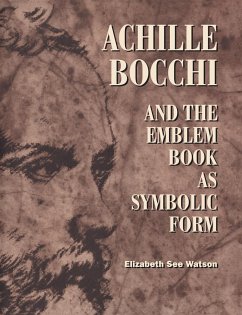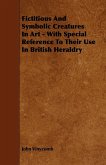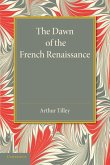An introductory study of the Symbolicae Quaestiones.
Achille Bocchi and the Emblem Book as Symbolic Form is an introductory study of the Symbolicae Quaestiones, published in Bologna in 1555, in which Elizabeth See Watson argues that the context of the Symbolicae Quaestiones reflects the intellectual and cultural currents of the university and the literary academies rather than the hidden heresies of the sixteenth century. In order to make Bocchi's work more accessible to readers, the first part of the book provides a biographical context. The second part explores poetic theory and the symbol in the development of Bocchi's symbols, then examines the rhetorical strategy of paradox and the symbolism of mythology in the way they shape the content of the work. Bocchi fashioned his symbols, each one an emblematic unit of poem, engraving, and motto, from a mix of classical and post-classical myth, symbol, and fable and from allusions to his contemporaries. The iconography of these emblematic units and of the closely related facade design for Bocchi's palazzo, serves as a programmatic statement for Bocchi's interrelated projects.
Table of content:
List of illustrations; Preface; Part I: 1. The early years; 2. The quiet years: Bocchi's religion and philosophy; 3. The scholar's utopia: Bocchi's projected vision; Part II: 4. Poetics and the emblem; 5. Bocchi and the symbol; 6. Emblematic paradox and serious play; 7. Bocchi's mythographic integration of eloquence and wisdom; Appendix; Bibliography; Index; Illustrations.
Hinweis: Dieser Artikel kann nur an eine deutsche Lieferadresse ausgeliefert werden.
Achille Bocchi and the Emblem Book as Symbolic Form is an introductory study of the Symbolicae Quaestiones, published in Bologna in 1555, in which Elizabeth See Watson argues that the context of the Symbolicae Quaestiones reflects the intellectual and cultural currents of the university and the literary academies rather than the hidden heresies of the sixteenth century. In order to make Bocchi's work more accessible to readers, the first part of the book provides a biographical context. The second part explores poetic theory and the symbol in the development of Bocchi's symbols, then examines the rhetorical strategy of paradox and the symbolism of mythology in the way they shape the content of the work. Bocchi fashioned his symbols, each one an emblematic unit of poem, engraving, and motto, from a mix of classical and post-classical myth, symbol, and fable and from allusions to his contemporaries. The iconography of these emblematic units and of the closely related facade design for Bocchi's palazzo, serves as a programmatic statement for Bocchi's interrelated projects.
Table of content:
List of illustrations; Preface; Part I: 1. The early years; 2. The quiet years: Bocchi's religion and philosophy; 3. The scholar's utopia: Bocchi's projected vision; Part II: 4. Poetics and the emblem; 5. Bocchi and the symbol; 6. Emblematic paradox and serious play; 7. Bocchi's mythographic integration of eloquence and wisdom; Appendix; Bibliography; Index; Illustrations.
Hinweis: Dieser Artikel kann nur an eine deutsche Lieferadresse ausgeliefert werden.








